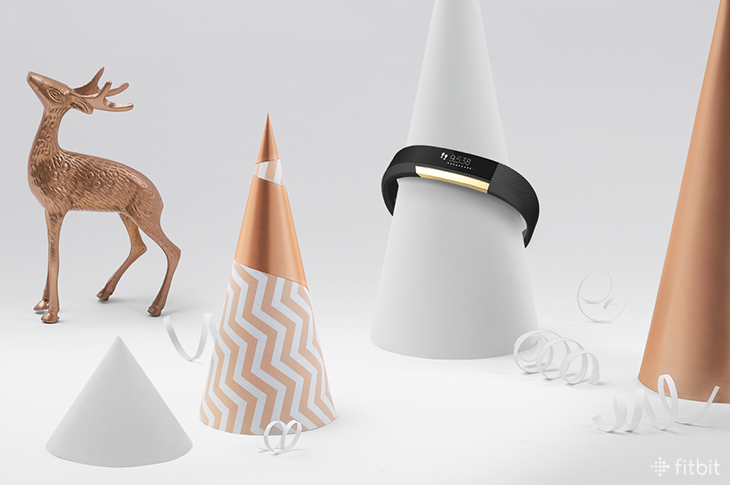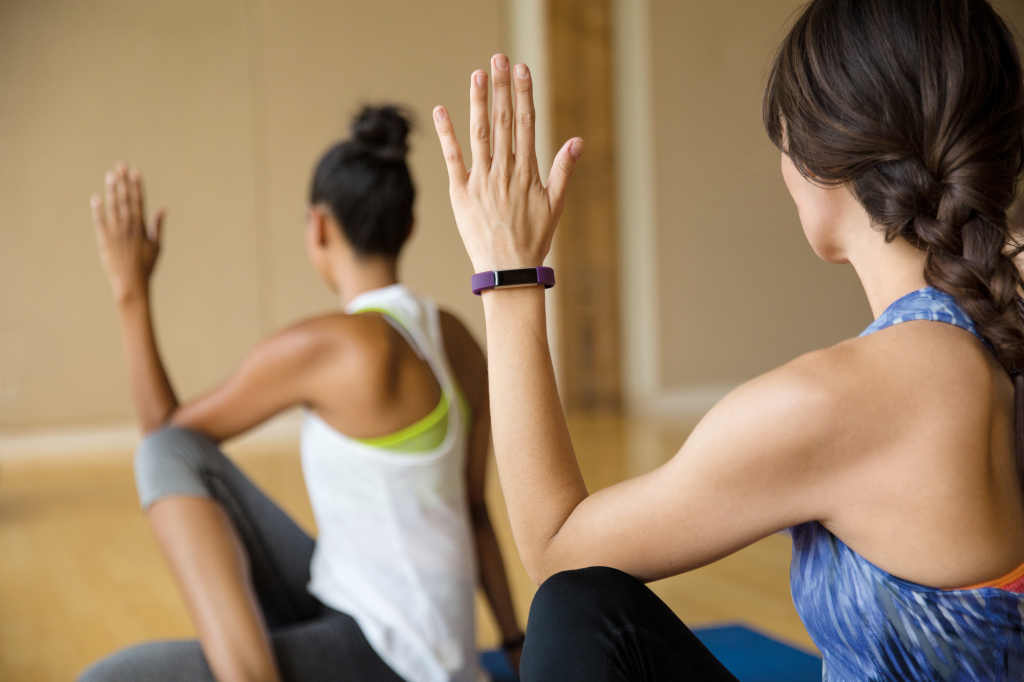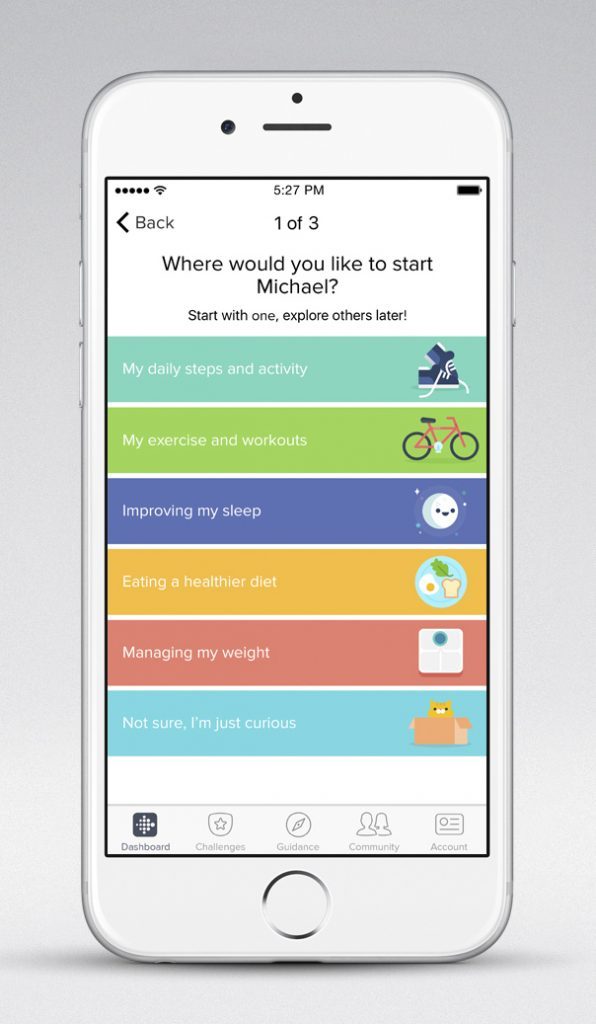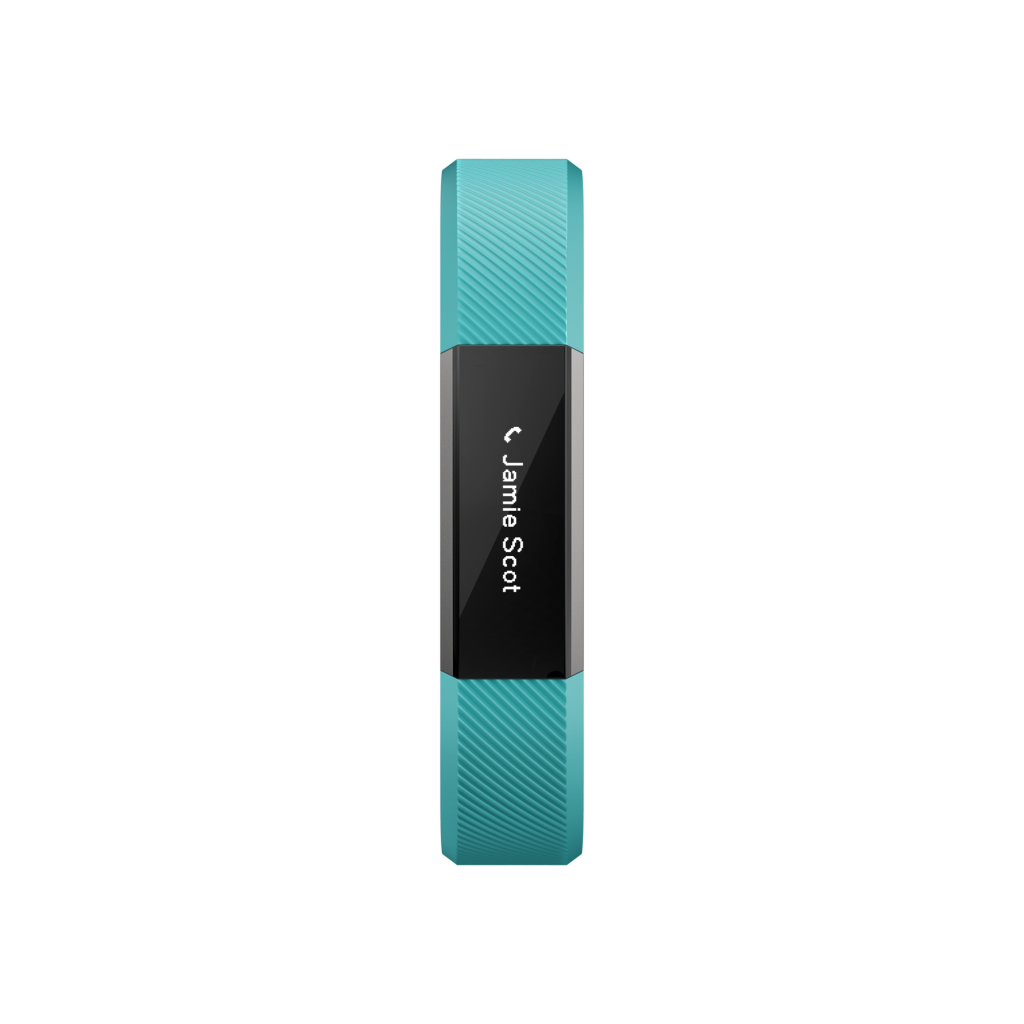
New Fitbit Alta? Lucky you! Hopefully by now you’ve set up your device and explored the Fitbit app a bit. Good, you’re on the right track.
Now, here’s the number one thing to keep in mind: Don’t be intimidated! Although it’s natural to feel a little overwhelmed when adopting a new piece of technology, the Fitbit experience is designed with newbies in mind. As you get to know your new Alta and the app, you’ll notice prompts, pop-ups, and other intuitive features guiding you through the process.
That said, you might still have some questions, so read on. The 11 tips below will ensure you and your new Alta hit your activity-tracking in stride.
How to Hit the Ground Running With Your New Fitbit Alta
Wear it right. For greater accuracy and ease of use make sure you’re following these best practices. First, let your Fitbit app know which wrist you’re wearing your Alta on—your non-dominant hand is preferred since the extra movement from your wrist can impact your charts. To confirm your settings, go to your account, tap Alta and then select either Left or Right for both “Handedness” and “Wrist”. Place your Alta around your wrist. The top of the tracker is the side with the charging port. The top of the tracker should be on the outside or top of your wrist. Make sure the tracker is snug but not constricting (especially during exercise), so it doesn’t restrict blood flow.

Navigate it. The screen on Alta is dimmed when not in use. To wake it, lift and turn your wrist towards you (known as Quick View) or double-tap your tracker where the display meets the band. Single-tap to flip through your daily activity stats—Alta doesn’t respond to swipes; it must be tapped.
Select a clock face. Alta comes with several horizontal and vertical clock styles. You can change your clock face in the settings of the fitbit app (Account icon > Alta > Clock Face). You can also watch this tutorial. The new style will appear once you sync your tracker.
Create goals. One of the most important things you can do when you start using a new Fitbit Alta is to determine where you are in your health journey and where you want to go. Personal Goal Setting can help you set realistic and achievable targets around daily steps and activity, exercise and workouts, sleep, diet, and weight. You should see a prompt on your app’s dashboard. Tap it when you have a few minutes to go through the process (don’t dismiss it just because you’re currently busy or in a hurry; you won’t be able to use the guided feature again and will have to manually set your goals).

Customize what you see. You can also add, delete, and rearrange the stats that appear on your tracker right from the Fitbit app. Just tap the Account icon, tap the Alta tile, and then tap “Customize Display.” Select the stats that you want to see on your device (the battery indicator is super helpful; when you see low battery it means you have about a day of usage left) and then hold your finger on each tile’s three grey lines to drag them into your preferred order.
Set a bedtime reminder. After you’ve set a sleep goal and a sleep schedule, create a bedtime reminder. Scheduling an alert that prompts you to start unwinding 30 minutes before your bedtime target can help you maintain a consistent sleep schedule, which experts say may benefit your health.
Opt into Reminders to Move. If you followed the goal-setting directions above, then you’ve already elected which hours of the day you want to commit to taking at least 250 steps. This hourly activity goal ties into Reminders to Move, an alert you can receive on your tracker at ten to the hour if you haven’t fulfilled your step requirement. To turn on Reminders to Move, tap the Hourly Activity tile on your app dashboard and then the gear icon in the top right corner. Slide the circle over until the background is green. Your start and end times should match what you set as your goal, but you can also confirm which days of the week you want to use Reminders to Move.
Configure your notifications. Over 200 compatible iOS and Android mobile devices let you receive incoming phone call, text message, and calendar event notifications on your Alta. Determine whether your device supports these features, and then enable or disable them using these instructions.

Set a silent alarm—or eight. Your tracker will vibrate at the specified times, making the alarms a great way to wake up gently, remember to take your vitamins, and so much more.
Stay fully charged. The battery in Fitbit Alta can last up to five days*. Learn specific ways to extend its battery life and then develop a charging strategy so that a drained battery doesn’t leave you trackerless. In your Fitbit.com settings, you can sign up to receive a push notification on your mobile device or an email (or both!) when your tracker’s battery is low.
Accessorize! Now that you’re dialed in, commit to wearing your new Fitbit Alta every day. The variety of accessories available—from fun and sporty to eye-catchingly luxe—make it easy**. Check out the Alta Lookbook for the full range of styles. And keep in mind, your device is compatible with Fitbit Alta and Fitbit Alta HR accessories.
*Battery life may vary with use and other factors.
**Tracker sold separately.
The post 11 Things You Need to Know About Your New Fitbit Alta appeared first on Fitbit Blog.
Source: Fitbit Blog
—